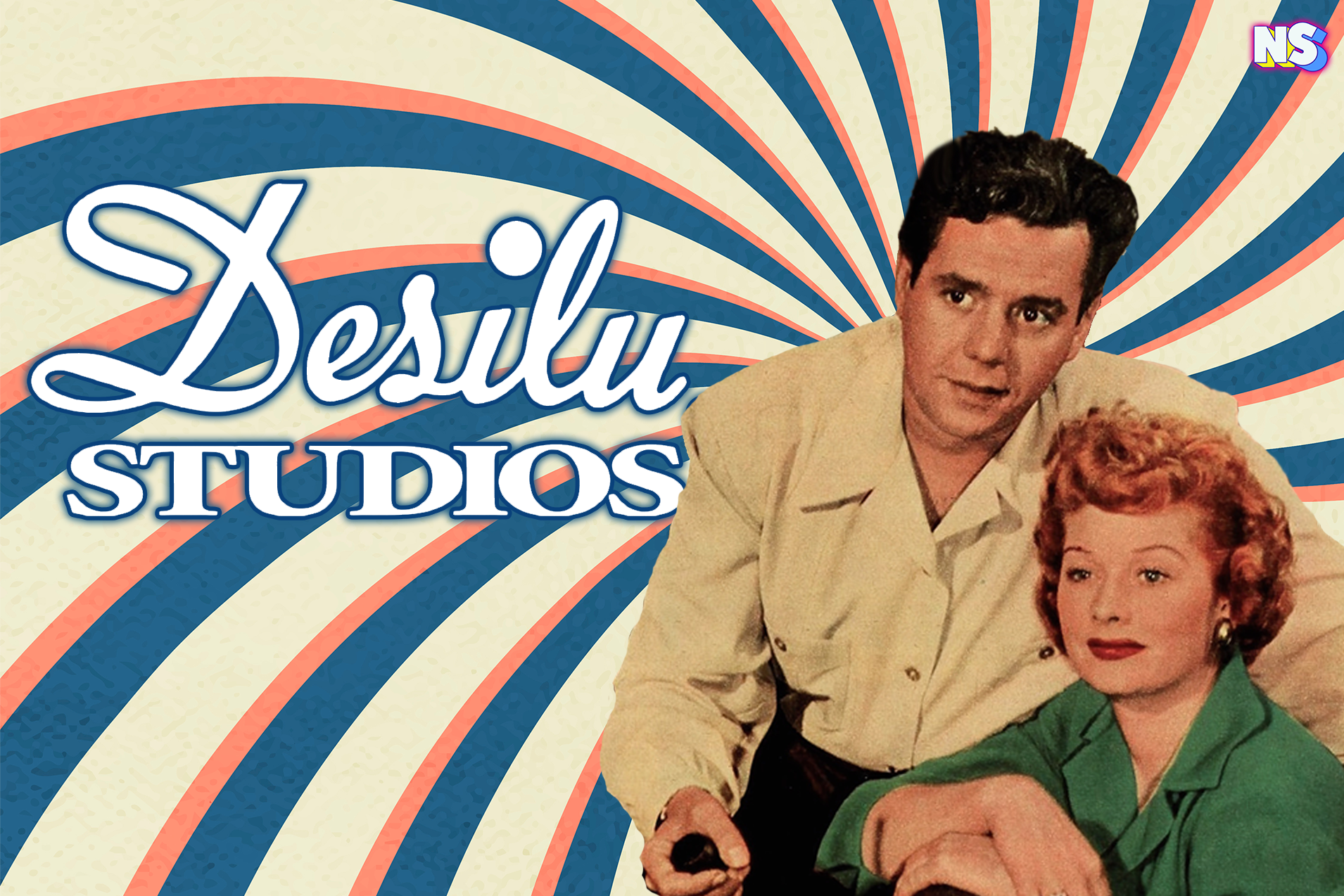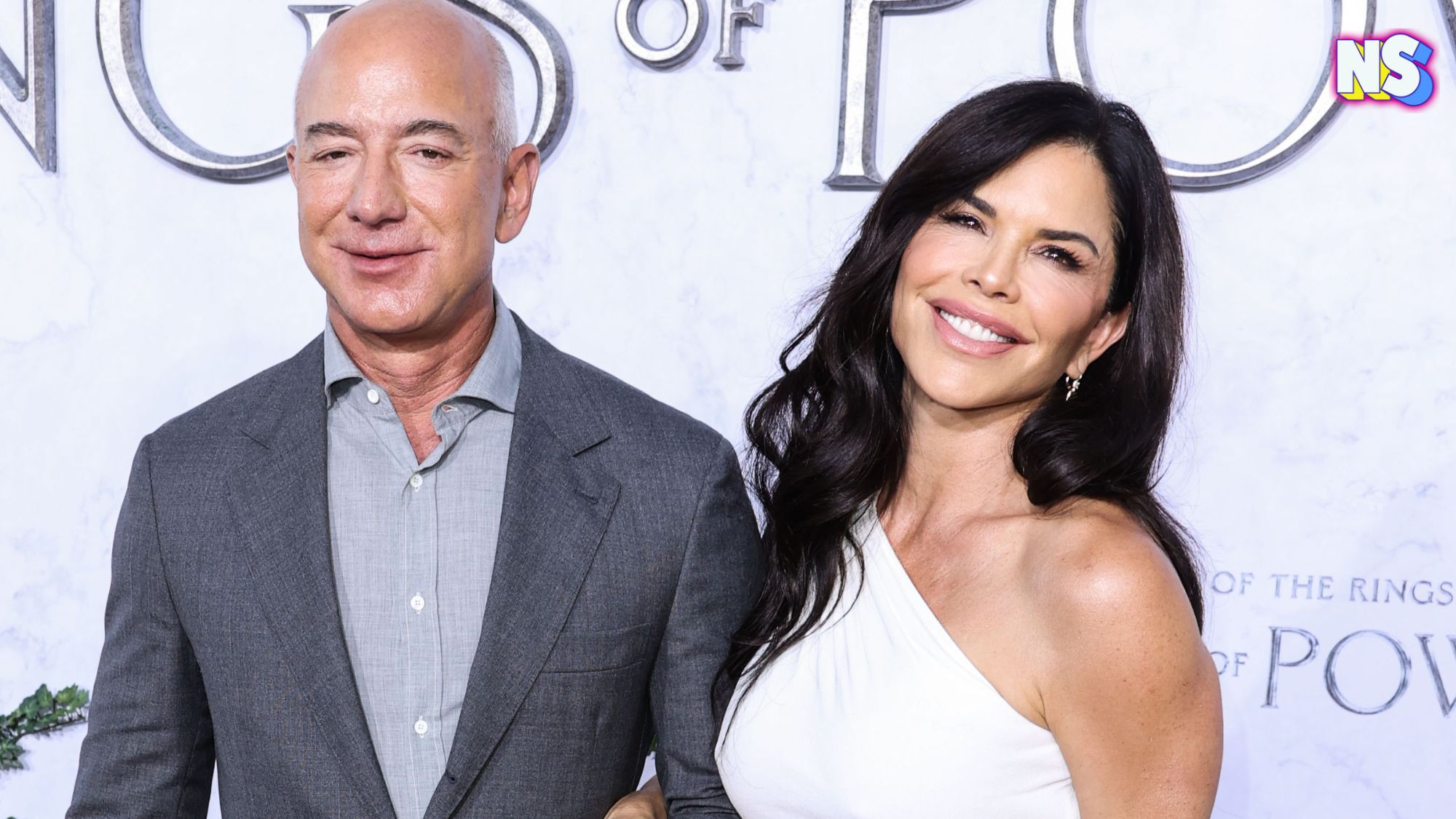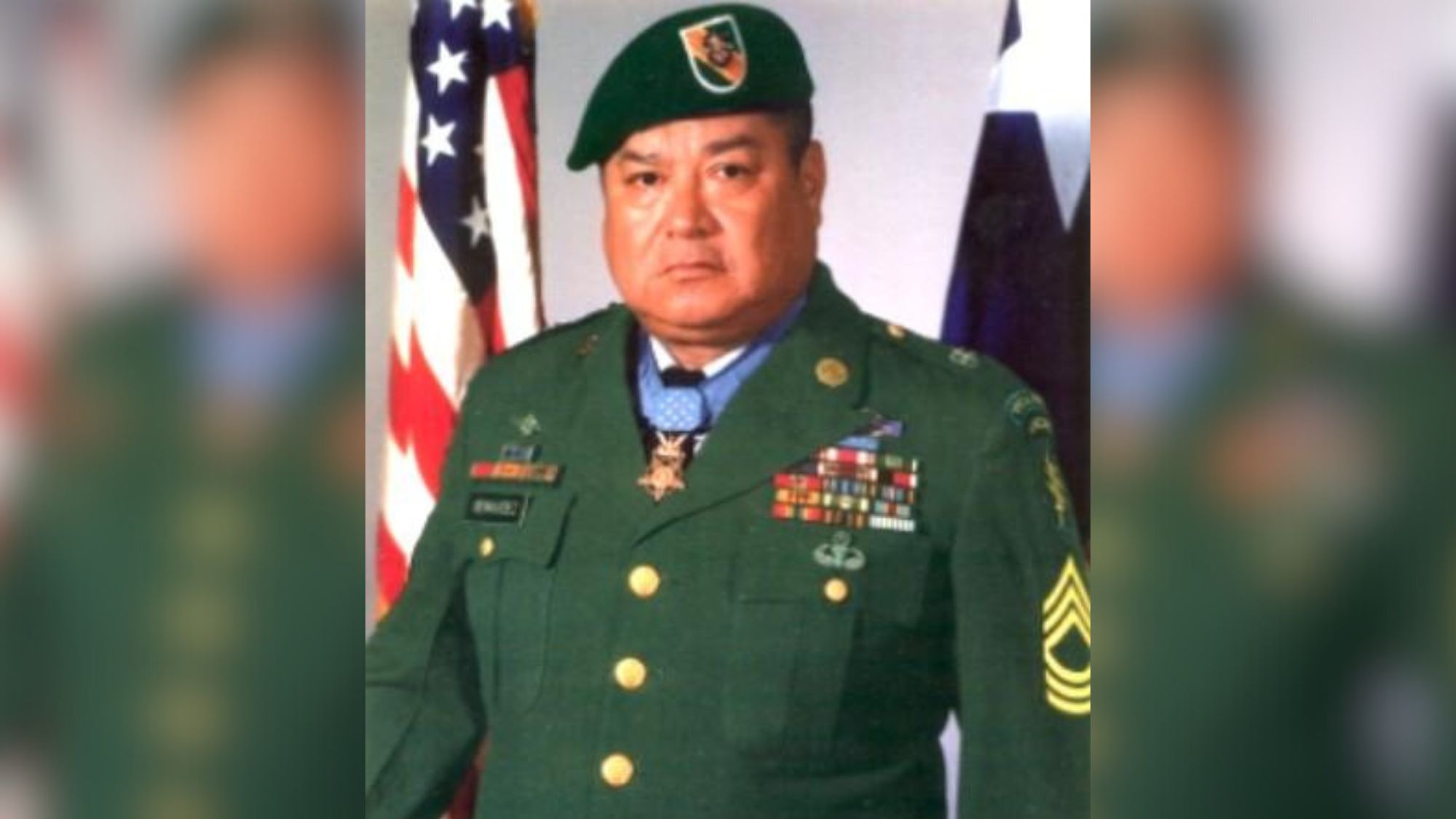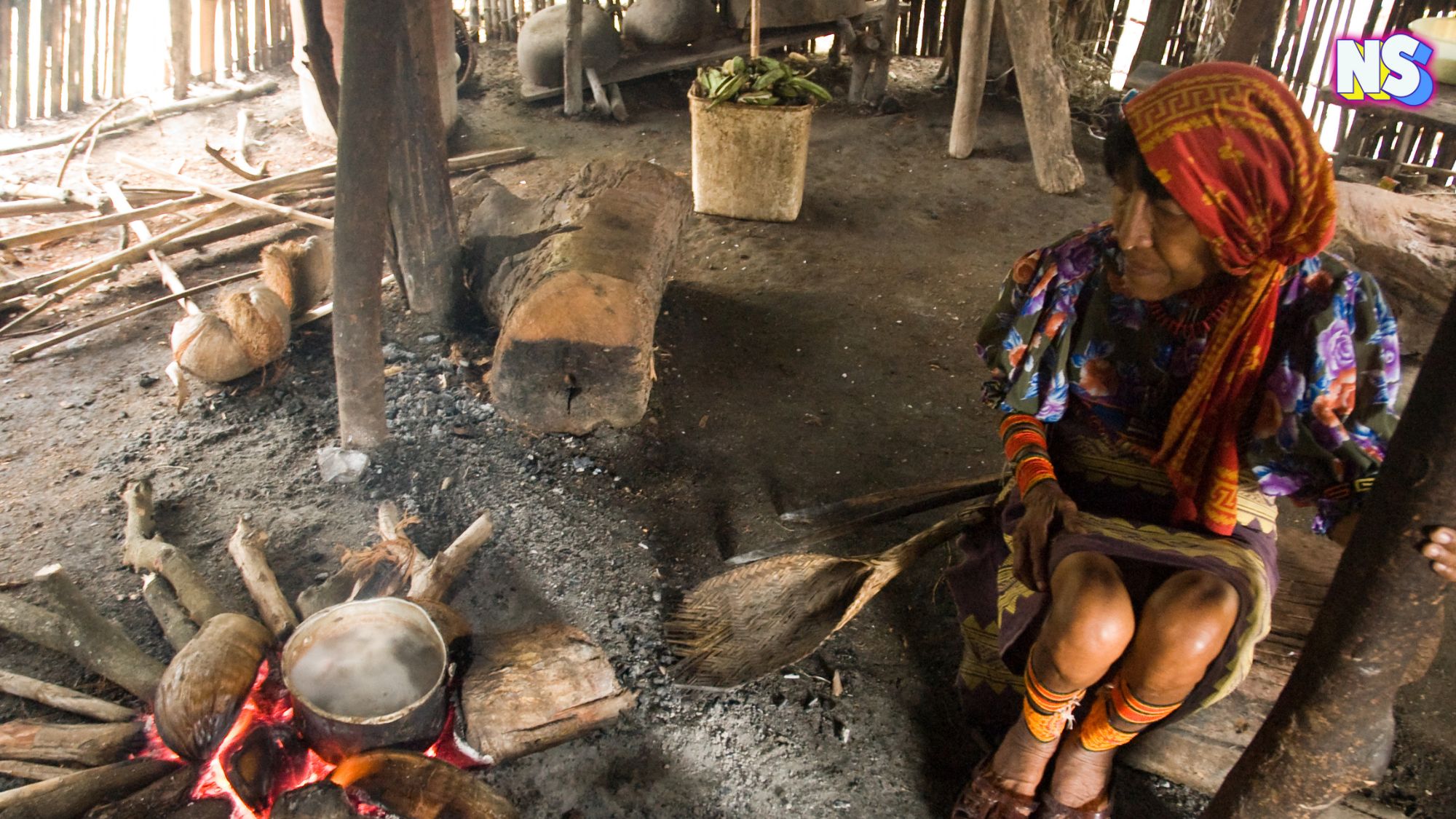Illustration By Nuestro Stories
When it comes to television history (and present), one name stands out as a trailblazer: Desilu. From the fabric of the TV’s “Golden Era” to today’s world of online, Desilu’s impact is everywhere. Not bad for a “mixed-race” powerhouse Hollywood couple with something to prove.
Named after two formidable, yet opposite, personalities: Cuban-born Actor and Musician husband Desi Arnaz and his wife Actress Lucille Ball, Desilu became a crucible for innovation, creativity, and iconic entertainment soon after its inception in 1950. And success came quickly.
“During its peak in the late 1950s, Desilu Studios was the largest and most prolific television operation in the world,” the Lucy Desi Museum in Jamestown, New York state explains.
But the couple didn’t originally set out to create a groundbreaking Hollywood studio. They created Desilu out of necessity … to overcome racism in the entertainment industry.
From Radio Waves to TV Screens
Desilu was founded during the early days of television, when those in power sought content that resonated with audiences. As more and more radio shows were adapted, Ball and Arnaz found themselves at the forefront of a popular trend.
While Arnaz was on tour with his band, Ball stepped into the realm of CBS radio, landing a role in My Favorite Husband. As the show, co-starring Ball and RIchard Denning, quickly caught on with radio audiences, and the call for television content grew, CBS saw the potential to transition the successful radio show to the burgeoning television medium.
“It was a very popular radio show,” Arnaz later recalls during an interview with David Letterman. “She was on for about three years.”
Ball, a woman known for her tenacity both on and off-screen, signed on to the TV move, but had a condition for the transition: she insisted that her real-life husband, Arnaz, play her on-screen spouse.
“We wanted to work together,” Arnaz explained. “ … so she says: ‘I want Desi to play the husband.’ .. Well, the husband on the radio show was Richard Denning, the guy who played the governor in Hawaii 5 O, you know. … tall, blonde, blue-eyed vice president of a bank or something. I said, ‘Well, I’ll never be able to get away with that part.’”
Ball’s bold move to insist on casting her Latino husband, unconventional for its time, reflected the couple’s belief in their on-screen chemistry and their desire to bring authenticity to the portrayal of married life. As Arnaz explained, the couple had already been married for 10 years, so they were the real deal.
But CBS wasn’t easily persuaded.
“CBS balked — they didn’t think audiences would accept an American wife married to a Cuban born husband who spoke heavily accented English. In a clever move, Desi and Lucy decided to go on tour together during the summer of 1950 under the name ‘Desilu’ to demonstrate their chemistry to live audiences,” Medium.com explains.
It worked. Audiences loved them, Arnaz said.
So, in 1951, My Favorite Husband made its television debut with Arnaz stepping into the role of an on-screen husband. The show was renamed I Love Lucy.
This decision not only solidified the couple’s professional collaboration, but it also laid the groundwork for their groundbreaking show, which would become an iconic cornerstone of television history.
Legacy of Authenticity and Diversity
Desilu’s genuine chemistry, and the authenticity they brought to their TV roles, paved the way for a new era in television, where real-life dynamics were woven into the fabric of fictional narratives.
“Desi Arnaz’s onscreen persona embodied a progressive version of Latino-American masculinity,” PBS writes. “Ricky Ricardo was an intelligent, successful businessman, playing the rational straight man to Lucy’s unending supply of comedic antics. Their strong partnership set the tone for generations of husband-wife regardless of ethnic background, breaking multiple boundaries with wit and talent.”
Viewers at the time may not have realized that the husband-and-wife team, beloved for their on-screen chemistry, was changing the TV industry forever offscreen.
Legacy and Impact
I Love Lucy not only redefined the sitcom genre, but it also introduced several groundbreaking production techniques. Desilu Studios was the first to use the multi-camera setup, in front of a live audience (also a first) – both becoming revolutionary approaches that set new standards for television production.
“We always did it on film, but in front of an audience … with multiple cameras,” Arnaz explained years later.
Their decision to film the live shows also created the world of TV reruns.
Desilu also ignited a cultural shift in television, challenging societal norms and showcasing real-life issues could be artfully addressed on the small screen. I Love Lucy paved the way for future generations of creators to tackle complex, real-life issues.
For instance, Arnaz’s campaign to challenge the outdated Hays Code was a strategic move to revolutionize the portrayal of family life on television. In a move that would set a precedent for future shows, I Love Lucy specifically tackled the taboo subject of pregnancy head-on.
“Could you believe they wouldn’t let us do it?” Arnaz asked TV host Letterman during his interview on the topic. “There was no way to hide her for six months.”
Arnaz’s tenacity paid off, and the Hays Code was successfully circumvented, albeit with the substitution of the term “expecting” for “pregnant.”
The culmination of Ball’s on-air pregnancy narrative occurred with the birth of “Little Ricky” – a television spectacle, drawing an unprecedented 44 million viewers.
Beyond I Love Lucy, Desilu Studios grew to produce a string of hit shows, some with the most diverse casts at the time – including Star Trek and Mission: Impossible. (Desilu’s decision to greenlight Star Trek — a show to go on to introduce the onscreen first bi-racial kiss – against industry skepticism is particularly legendary. Star Trek is a cultural phenomenon to this day.)
Although the couple divorced, and Ball eventually sold the studio in 1968, the Desilu brand lives on as a testament to the transformative power of vision, talent, and diversity in front of, and behind, the beloved small screen.





